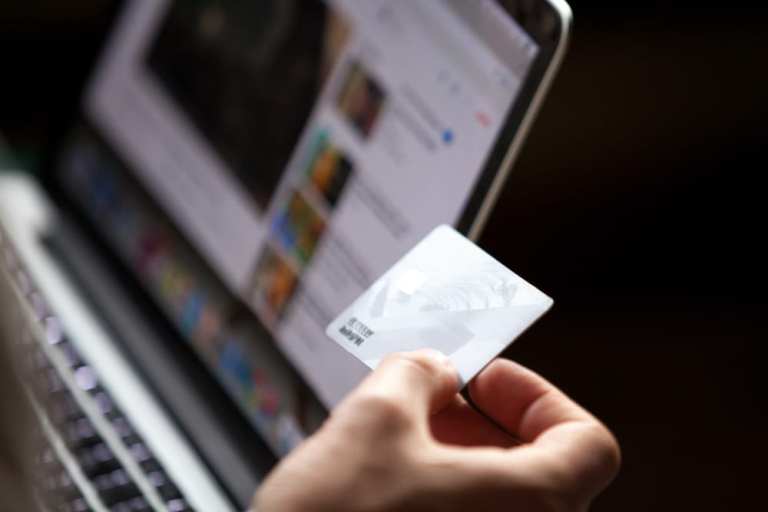
It is known that negative friction is bad, ruining customer experiences and leading to abandoned carts and all manner of dissatisfaction. Friendly friction, on the other hand, is knowing your customers and channels well enough that just the right amount can be applied at checkout, to guarantee that it’s really you making that purchase, and not someone else.
“Many retailers are trying to balance enhanced safety measures with smooth customer experiences, with 26 percent of those considering fraud protection as a top priority also putting the need to provide friction-free checkouts at the top of their lists. Merchants in this category seem to be putting positive friction to use,” according to the March 2020 Merchant Fraud Decisioning Playbook, produced by PYMNTS and sponsored by Simility. “Negative friction creates bottlenecks in payment or authentication processes without adding customer benefits, often resulting in churn and lost revenues. False positives can also occur, which is a pricey mistake for both customers and merchants: Incorrectly rejecting legitimate consumers’ transactions costs U.S. merchants $118 billion per year.”
That’s an awfully big price to pay for rejecting legitimate customers trying to make honest transactions. The March 2020 Merchant Fraud Decisioning Playbook is filled with instructive examples of companies using friction creatively to thwart cybercrooks – but it’s a delicate balance.
Multilayered Takes the Lead
Customers are surprisingly okay with what they perceive as minor steps to authenticate at checkout. But like so many things, there’s a fine line between okay and not okay. Customer experience (CX) can be a fragile psychological moment in time. If you’re not careful with that time and that experience, it can cost $118 billion per year (that we know about).
“Matching the right amount of positive friction to the type of business and customers’ tolerance levels is also important. That being said, positive friction should not be applied unilaterally,” the report states. “Merchants could use data or other analytical tools to track users’ behaviors and apply positive friction to those deemed suspicious, for example. This does not inconvenience legitimate customers, and will keep them coming back for future business while preventing bad actors from perpetrating their schemes.”
Artificial intelligence (AI) and machine learning (ML) are at the vanguard of friendly friction, as these technologies gather the data and “learn” what fraud patterns look like in real time.
“Multilayered approaches that involve deploying several tools and technologies can enable merchants to keep pace with the ever-changing face of fraud, and such strategies move beyond the static, rules-based legacy systems that cannot detect new fraud patterns in real time,” the report states. “This is exemplified by how supervised and unsupervised ML models are used to power fraud analytics. The former requires continual human monitoring and input to learn new rules, while the latter can automatically adjust and adapt its responses based on the patterns it learns.”
Positive Experiences
New and fairly easy device fingerprinting tech is helpful for merchants and consumers in streamlining purchases with trusted transacting partners. As fraud attempts escalate during the COVID-19 disruptions, friendly friction is an important tool to have in place.
“Fraud attempts and threat levels are increasing despite these investments, though, and even the most sophisticated digital barriers cannot entirely block them,” the report states. “Savvy merchants know that adding positive frictions to their toolboxes gives them another weapon in a layered anti-fraud strategy — one that just might give them a leg up in their ongoing fight against digital crooks.”